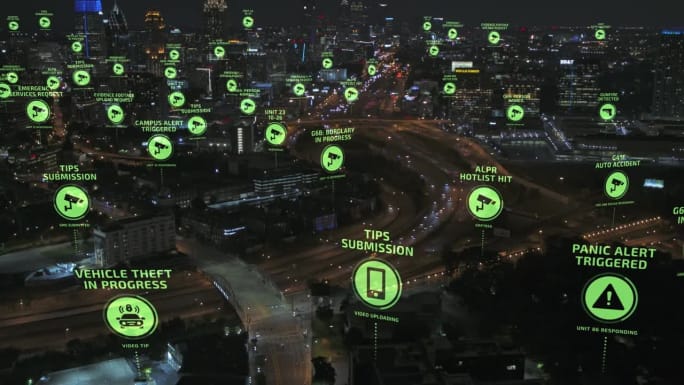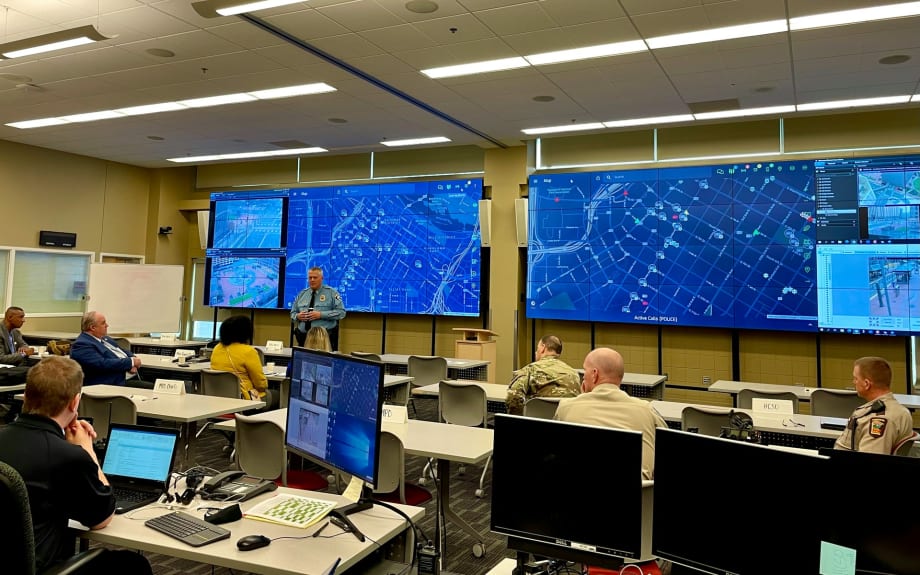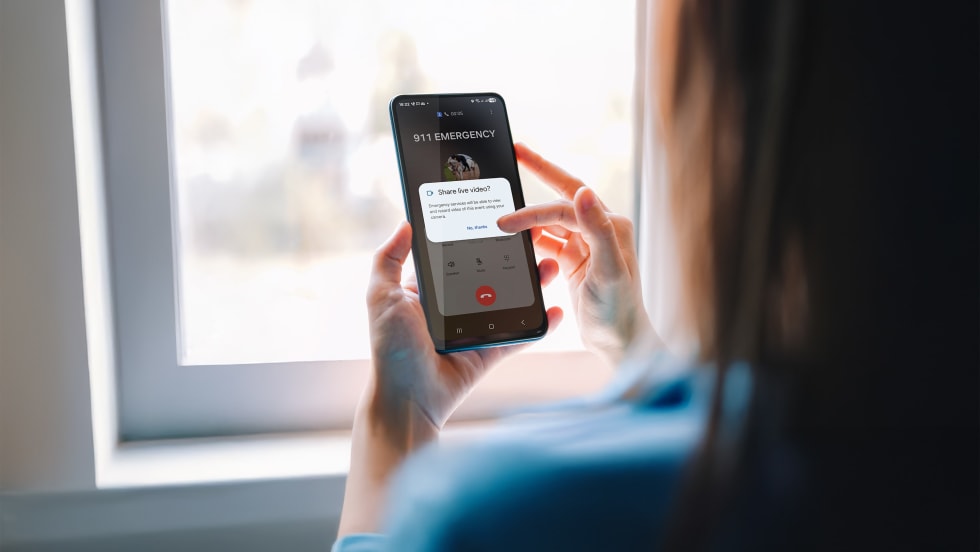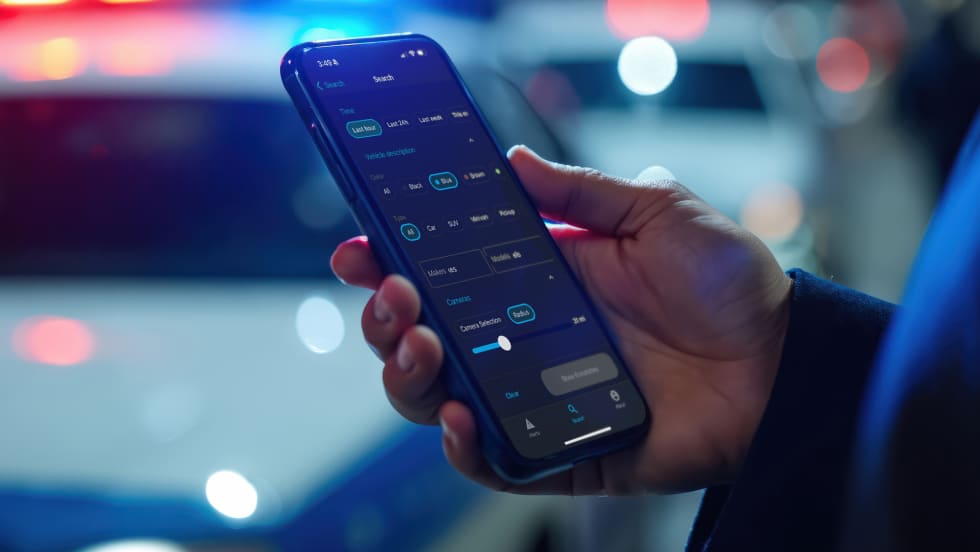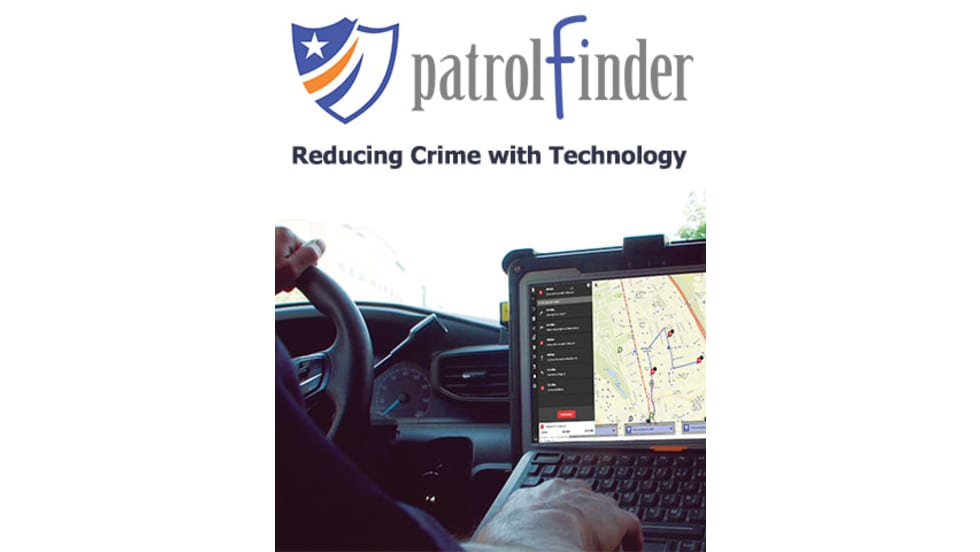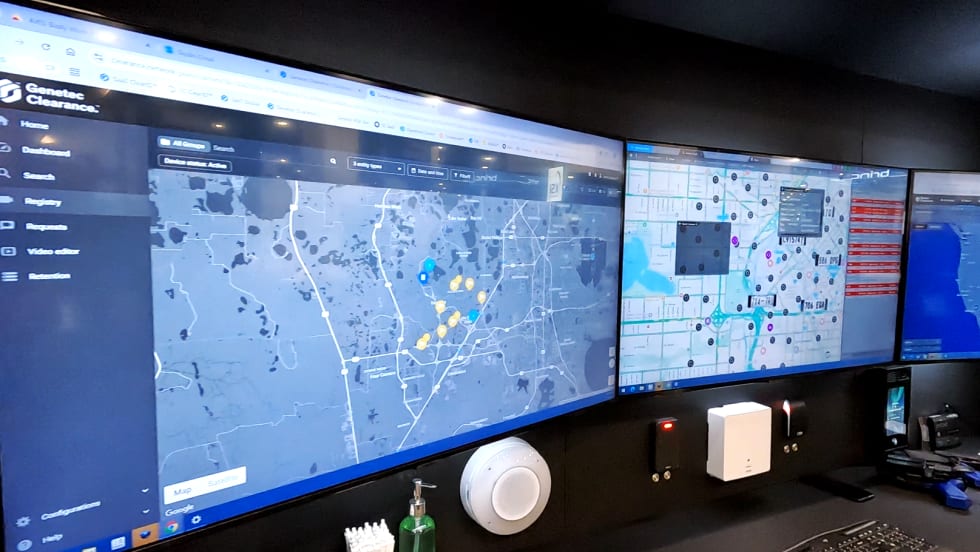Along with this powerful software comes powerful artificial intelligence. Very few tools, if any, have the AI capabilities to sift through insurmountable data points at one time and pull only the most important and pertinent information from every connected source at once. Fusus not only offers that, but delivers on this in its Real-Time Crime Center. When first responders need a full, visual picture of any event, they can rely on their software to give them just that. This doesn’t just work in theory, but in real-time, every single day for hundreds of agencies across the country that are taking in a combined 10,000 911 calls a day.
The Fusus platform is also built around a centerpiece of trust. Despite being able to use any technology in conjunction with the platform, it never compromises personal information, only presents actionable evidence, and never uses facial recognition technology. It also has robust and permanent auditing capabilities that leave a trail of searches and usage from each person in the system to track the way the platform is being used at all times. Private residents never have to worry if officers are in their cameras without their explicit consent each time they do a search. With objectivity and effectiveness being the desired end result, privacy and accountability are tied directly into the system for both the user and the community.
Boosting Clearance Rates
Because Fusus has gone the extra mile to make sure the product is successful, agencies are reaping the benefits of this public safety platform on a daily basis. Through the platform, agencies have been able to aggressively change closure rates for non-violent and violent crimes. For example–Atlanta's homicide rate of closure exceeds that of the national average, 82% to the nation's standard 52% thanks to important community policing programs like Connect Atlanta.
In the last six months in places like Rocky Mount, NC, there were over $211,568 of stolen property recovered and 89 instances where video compiled in the Fusus platform directly led to solved cases and the recovery of 30 firearms.
In 12 months, Bay County's Real Time Operations Center was responsible for recovering six missing persons, 26 stolen vehicles, identifying seven hit-and-run suspects, and finding 32 wanted persons with warrants.
